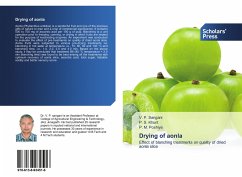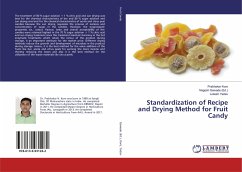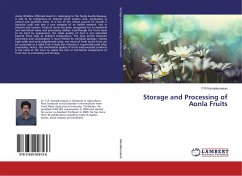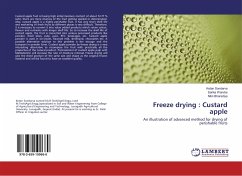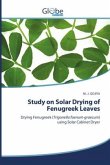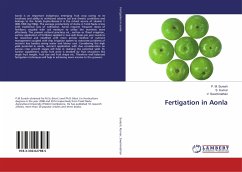Aonla (Phyllanthus emblica) is a wonderful fruit and one of the precious gifts of nature to man and a crop of commercial significance. It contains 500 to 700 mg of ascorbic acid per 100 g of pulp. Blanching is a unit operation prior to freezing, canning, or drying in which fruits are heated for the purpose of inactivating enzymes. An experiment was conducted to evaluate the effect of pre-treatments on quality of dried aonla slice. Aonla fruits were subjected to various pre-drying treatments viz. blanching in hot water at temperature i.e., 70, 80, 90 and 100 °C and blanching time, i.e., 1.0, 2.0, 3.0 and 4.0 min. Based on the above study, it may be concluded that treatment B6 (80 °C temperature + 2.0 min blanching time) was found to be best among all the treatments with optimum recovery of aonla slice, ascorbic acid, total sugar, titatable acidity and better sensory score.
Hinweis: Dieser Artikel kann nur an eine deutsche Lieferadresse ausgeliefert werden.
Hinweis: Dieser Artikel kann nur an eine deutsche Lieferadresse ausgeliefert werden.

